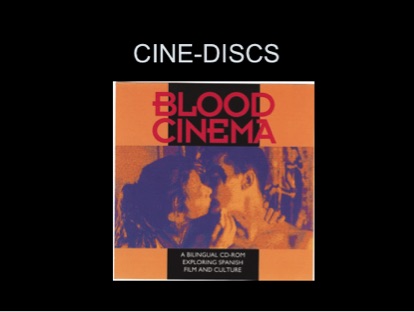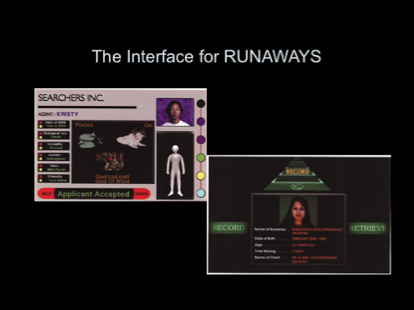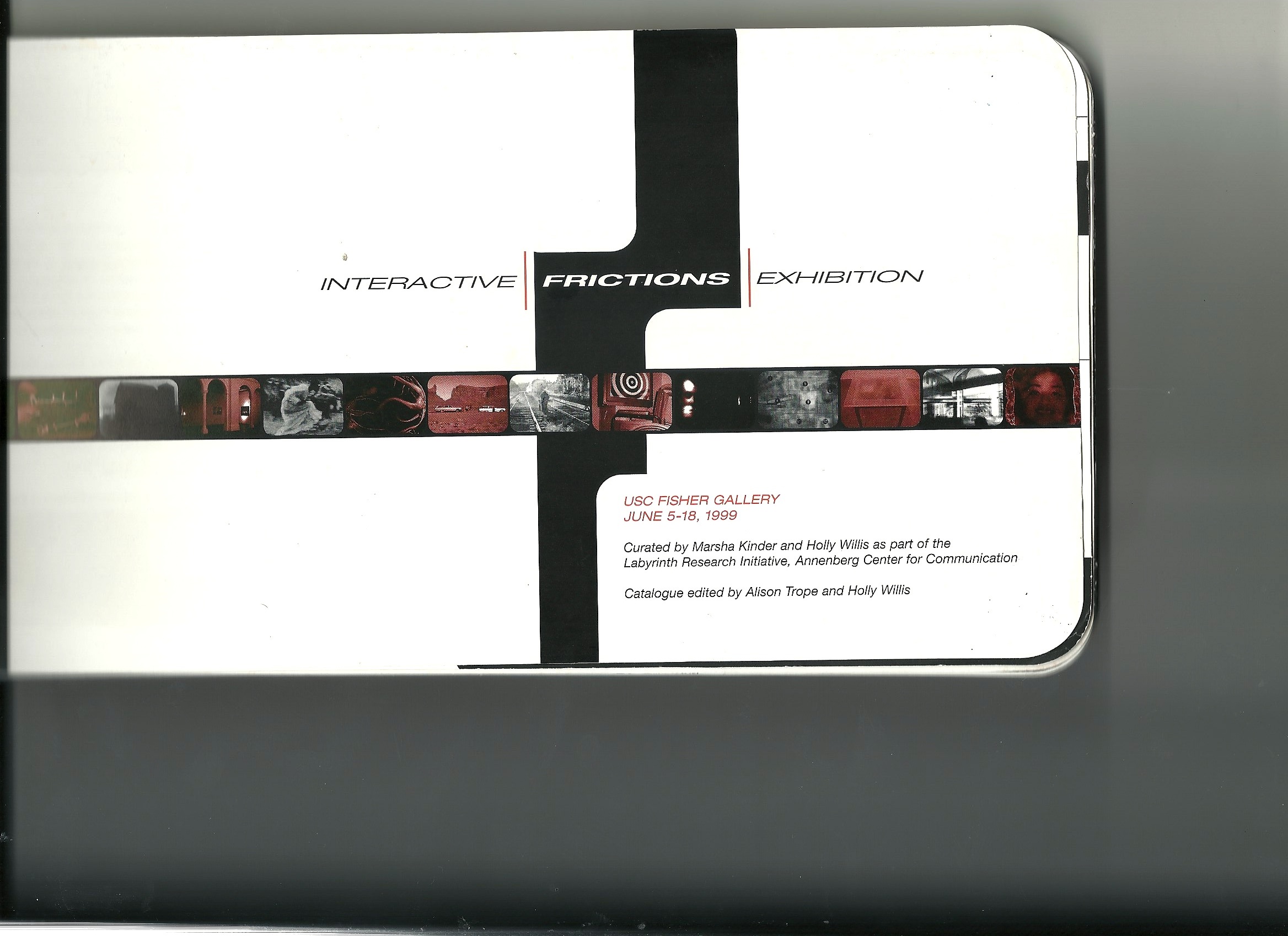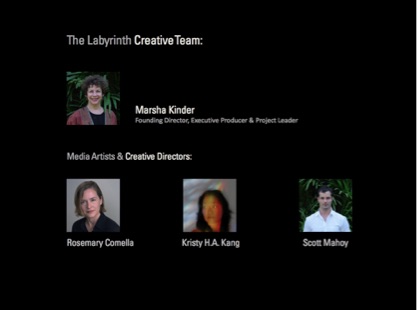Japan has one of the most vibrant and generative popular culture in the world with Japanese media being one of that country's major national exports and with the forms of fan culture that emerge in the streets of Tokyo exerting an influence on participatory culture world-wide. There is also not surprisingly a growing number of scholars in Japan who are producing insightful research on these phenomena, only a small selection of which has been translated and made available to readers in the west. We are seeing some important work emerge that seeks to bridge between Japanese and American researchers working on topics such as "media mix"/transmedia or "Otaku"/fandom, including books showcased here in the past by Mimi Ito, Ian Condry, and Marc Steinberg, as well as the recently launched summer workshop program on "media mix" which Sternberg and Condry run along with Otsuka Eiji and other colleagues there.
When I encountered Patrick W. Galbraith's The Moe Manifesto: An Insider's Look at the Worlds of Manga, Anime, and Gaming, I immediately recognized its value in providing a similar glimpse into both Japanese popular culture and the scholarship that has grown up around it. Using the concept of Moe (a particular kind of relationship between fans and fictional characters) as his point of entry, Galbraith interviews creative artists, fans, and scholars, offering an accessible but theoretically provocative glimpse into contemporary developments, with a strong focus on notions of spectatorship and fandom. The book is intended for a general reader -- heavy on brightly colored illustrations of both commercial and fan art -- yet as a consequence, it offers perhaps the most readable and teachable introduction to these themes and concepts. As someone who is certainly not a specialist on Japanese popular media but who maintains active interest in this space, I read it with enormous interest.
And I am very happy to be presenting an extended six-part interview with the book's editor, Galbraith, who was very generous and patient in explaining some of the underlying ideas that animated this project. Across this exchange, Galbraith offers insights into the gender and sexual politics of contemporary Otaku culture, including detailed accounts of what draws both male and female fans to these works; he speaks in depth about the ways that Moe fans have challenged conventional notions of masculinity and he discusses some of the backlash against these materials and the fan activities being discussed, especially as Japan wants to lay claim to a "cool Japan" framing of its cultural productions, while avoiding alternative labels that might stress the oddity or perversity of some Japanese media. He also shares with us some of the critical debates in Japan, which he feels sheds light on key concerns in western scholarship, including those surrounding subcultural identities and fan labor. Even if you are not especially interested in anime or manga, there's much here which can help shake up some of the core debates in our field.
A central theme of the book is to push us beyond any surface level understanding of the concept, but we still need a starting point for this discussion, so can you share with me how you would define the concept of moe and what do you see as its relationship to the concept of otaku, which may perhaps be somewhat better known in American culture?
To get us started, moe is the noun form of a verb, moeru, which means “to burst into bud” or “to sprout.” This is the actual definition, but, in contemporary Japan, moe is slang and has little to do with bursting into bud or sprouting. The meaning is closer to a homonymous verb, moeru, which means “to burn.” The story goes that among manga, anime and game fans, sometimes called otaku, in online discussions of fictional characters, people were accidentally typing “to burst into bud” when they meant “to burn,” or when they were saying, “I’m so into this or that character,” “I’m fired up.” In this way, moe became slang for what gets the motor running, tugs at the heartstrings or enflames the passions.
At a very basic level, there are three important things to keep in mind. First, moe is a verb, something that occurs, not something that is. Second, what occurs is a response, which is located in a human being. Third, the response is to fictional characters or representations of them. This last part is crucial, because it indicates what makes the word moe distinct and hints at why it’s worth talking about at all. The term moe comes out of growing awareness in Japan of human affection for and attachment to fictional characters.
Why Japan? Simply because manga and anime are such a huge part of growing up; the quality, quantity and diversity of content is such that one does not have to graduate out of these interests; and some, building on basic exposure to and widely available media and material, take interests further, exploring and expanding the worlds of otaku. Because manga and anime are such a massive part of popular culture in Japan – and there is a notable manga/anime aesthetic in certain types of games and novels, too – there is a general appreciation of the fictional character as an object of affection.
Moe gives a name to this, and the people using it are very much aware of their own affection for fictional characters, which trigger a response in them. Such fans are almost the stereotypical otaku, who loves manga and anime, specifically fictional characters, more than is “normal,” even in Japan. Otaku activities – for example the massive Comic Market, an event that attracts 500,000 people, many of whom come to buy and sell fanzines featuring their favorite manga and anime characters – draw attention. Manga and anime fans can hardly be ignored in Japan, which has led to a cottage industry of writing about otaku, as well as the emergence of otaku critics, theories of otaku (otaku ron) and even a pseudo-academic discipline of otaku-ology (otakugaku).
In this robust body of literature, at least since the turn of the new millennium, moe appears as a concept to be discussed and debated in various ways. What attracted me to the concept of moe was not only the recognition of the human response to fictional characters, but also how this then led to questions about society, the economy and politics. So, for example, some fans advocate “marrying” fictional characters, a sort of performance of affection and gambit for social recognition of a relationship that is very real; others take that as a starting point for social critiques of sex/gender, and propose alternatives ways of being in the world in relation to fictional characters and others. Such statements about moe are as provocative as they are political, and I wanted to try to understand where they were coming from.
I’m a fan of manga and anime myself, and have been getting tattoos of my favorite characters since middle school, so moe didn’t seem like such a strange concept to me, but I had not considered it in any serious way. In Japan, among otaku, I was presented with an opportunity for sustained thinking about human relationships with fictional characters, which, let me be clear, are a very real part of life for many people, and not just in Japan.
However, all too often it seems that people are content to point and laugh at the “moe phenomenon,” which is taken to be one of those “only in Japan” or “weird Japan” things. Closing down the dialogue in this way is a real shame, and I wanted to stage an intervention, frankly. By reading and translating Japanese texts, conducting fieldwork and, most importantly, identifying and introducing Japanese thinkers in English, I thought it possible to begin to bridge the gap between the discourse on moe inside and outside Japan. Focusing on interviews allowed me to present a diverse range of un-synthesized perspectives, while also focusing on the face and voice of a given Japanese thinker, who, thus personalized, is harder to brush off. So, definition! Moe is a positive response to fictional characters or representations of them.
A key element of moe seems to have to do with notions of “cuteness” or “innocence” and yet there is also a widespread perception that moe constitutes a form of perversity. Why do you think moe generates such strong reactions? Are there forms of moe which should be cause for concern?
A small caveat, first. Moe is a response located in a human being interacting with a fictional character. What a person responds to and in what way differs based on the person, so any general claim that this type of character is “moe” – which is a description of an object, not a human response – often serves to obscure more than it reveals. That said, moe is coming out of discussions of manga and anime characters, as well as game and novel characters drawn in the manga/anime style, so there can appear to be something of a shared aesthetic.
For the sake of brevity, I’ll focus on female characters, because they are the ones that most often get people up in arms about moe. One rarely hears that it’s “perverse” for girls and women to be fans of male characters, or that the designs of those male characters are somehow “perverse.” At the heart of the concern about moe is male fans and female characters, and the relationship between them, so let’s consider the manga/anime style in response to that concern.
The manga/anime style, as popularized by Tezuka Osamu, the “God of Manga,” after WWII, is notable for being “cute.” You see a lot of round shapes and simplified features. In shōjo (for girls) manga, you also see soft lines and large eyes. The styles seen in manga originally intended for children and girls became much more popular in the 1970s and 1980s, when even adult men were consuming these works and developing bishōjo (cute girl) manga and anime in dialogue with female artists.
To give a specific example, Usagi, the main character of Sailor Moon, is a bishōjo character, originally drawn by a female artist for a manga targeting young girls, who became popular with a diverse audience, including adult men, when adapted into anime. Now, compare Sailor Moon to Wonder Woman. The “cute” or manga/anime aesthetic is clear.
What is the significance of this distinction? Historically, it’s seems to be a break with “realism.” After Tezuka’s initial manga revolution in the late 1940s and early 1950s, a style emerged in contradistinction to his work. Called gekiga, these works were something like graphic novels, and focused on a “realistic” style of drawing to capture realistic people and settings and comment on real social issues. Gekiga typically featured more “mature” characters and stories and was intended for a more “mature” audience. These works became extremely popular as part of the counterculture movement in the 1960s, when students and protesters rallied around stories of outcasts and working-class folk rising up against the system. However, after losing steam with the failure of the student movement and the incorporation of artists into the mainstream industry, the gekiga movement died down. After a period of relative obscurity, Tezuka roared back onto the scene, telling mature stories for mature readers, but using his manga/anime style of cute characters.
Further, shōjo manga was undergoing a major renaissance in terms of quality content, which attracted even adult male readers. This is the creative ferment from which the bishōjo emerged in the mid-to-late 1970s and into the 1980s.
Bringing mature content and readers to styles originally intended for children and girls, the result is the manga/anime style we know today. It lasted because both men and women were producing this hybrid style, which appealed to children and adults, men and women. While it may appear strange or, dare I say it, “perverse” to some outside of Japan to express mature themes and stories, which include sex and violence, using cute characters, few in Japan would think of the majority of manga and anime that way. Even pornographic variants, produced by both men and women working in genres for men and women, are not necessarily “perverse.” They are cute, drawn in a familiar style.
We might consider perversity at the level of content, or what characters are depicted as doing to and with one another, but there is such a wide range of content in manga and anime. Perhaps someone thinks it perverse, but for others it’s totally normal. Consider that during the renaissance of shōjo manga in the 1970s, stories of male-male romance, which included sex scenes, where quite popular. As Fujimoto Yukari points out, such “boys’ love” manga, produced primarily by and for women, is by now a taken-for-granted part of the landscape of shōjo manga. The thought of tweens and adolescent girls reading comics about male homosexuality might seem totally perverse in the United States, but it has become a norm in Japan. Indeed, some see in Japanese manga and anime culture an incredible tolerance for diverse content and fantasies, which should be celebrated.
Fiction makes possible and allowable all sorts of diverse characters, interactions and interactions with characters. Indeed, the instance on fiction seems very important to understanding moe. If the gekiga aesthetic was known for realism, then the return to the manga/anime aesthetic implies an embrace of “unrealism,” or the patently fictional, as we can see in the bishōjo character, whose face does not resemble a human one, but takes on its own internal realism within manga/anime. Moe is the recognition and response to the fictional real.
Saitō Tamaki, who is interviewed in the book, goes as far as to talk about an orientation of desire toward fiction. This doesn’t have to go as far as a sexual orientation, though for some it does, but realizing that interactions with fictional characters do not necessarily reflect desired interactions with other human beings is one of the greatest insights of manga/anime culture in Japan. Moe is a word that refers precisely to the response to fictional characters, which is why it is valuable.
Once we begin to say that this fictional character, fictional interaction or interaction with a fictional character is perverse and therefore should not be allowed, we quickly devolve into thought policing, which manga and anime creators, critics and fans actively fight against in Japan. So, for example, I can totally understand why someone might find it perverse that an adult male says Usagi from Sailor Moon is moe. In the story, she begins as a 14-year-old girl, very cute and innocent, though intersecting past and future lives mean that she is also a princess and queen, a wife and mother, and an ass-kicking superhero.
So, if we are calling this perverse, what exactly do we mean? In many cases, I think that we just assume that this adult male somehow harbors sexual desires for middle-school girls, which is a conflation of Usagi as a fictional character with actual girls, a reduction of this fictional character to a simplified category – why is her age more important than her being a transforming superhero? – and a completely unfair snap judgment about ulterior motives for responding to this fictional character, which not only pathologizes a human being, but also sets the justification for criminal treatment, for treating someone as a criminal.
We really have no idea what the qualitative response of this person is to Usagi, and we should not be speculating about it. I could just as easily speculate that he wants to be Usagi, right? We cannot prove what someone is thinking when he or she responds to a fictional character or utters the word moe, and we really ought not be concerned with it. It is enough to know that our theoretical man is responding to Usagi, a fictional character, which hurts no one and brings joy to his life.
Patrick W. Galbraith received a Ph.D. in Information Studies from the University of Tokyo, and is currently pursuing a second Ph.D. in Cultural Anthropology at Duke University. He is the author of The Otaku Encyclopedia: An Insider’s Guide to the Subculture of Cool Japan (Kodansha International, 2009), Tokyo Realtime: Akihabara(White Rabbit Press, 2010), Otaku Spaces (Chin Music Press, 2012) and The Moe Manifesto: An Insider’s Look at the Worlds of Manga, Anime and Gaming (Tuttle, 2014), and the co-editor of Idols and Celebrity in Japanese Media Culture (Palgrave, 2012) and Debating Otaku in Contemporary Japan: Historical Perspectives and New Horizons (Bloomsbury, 2015).
















